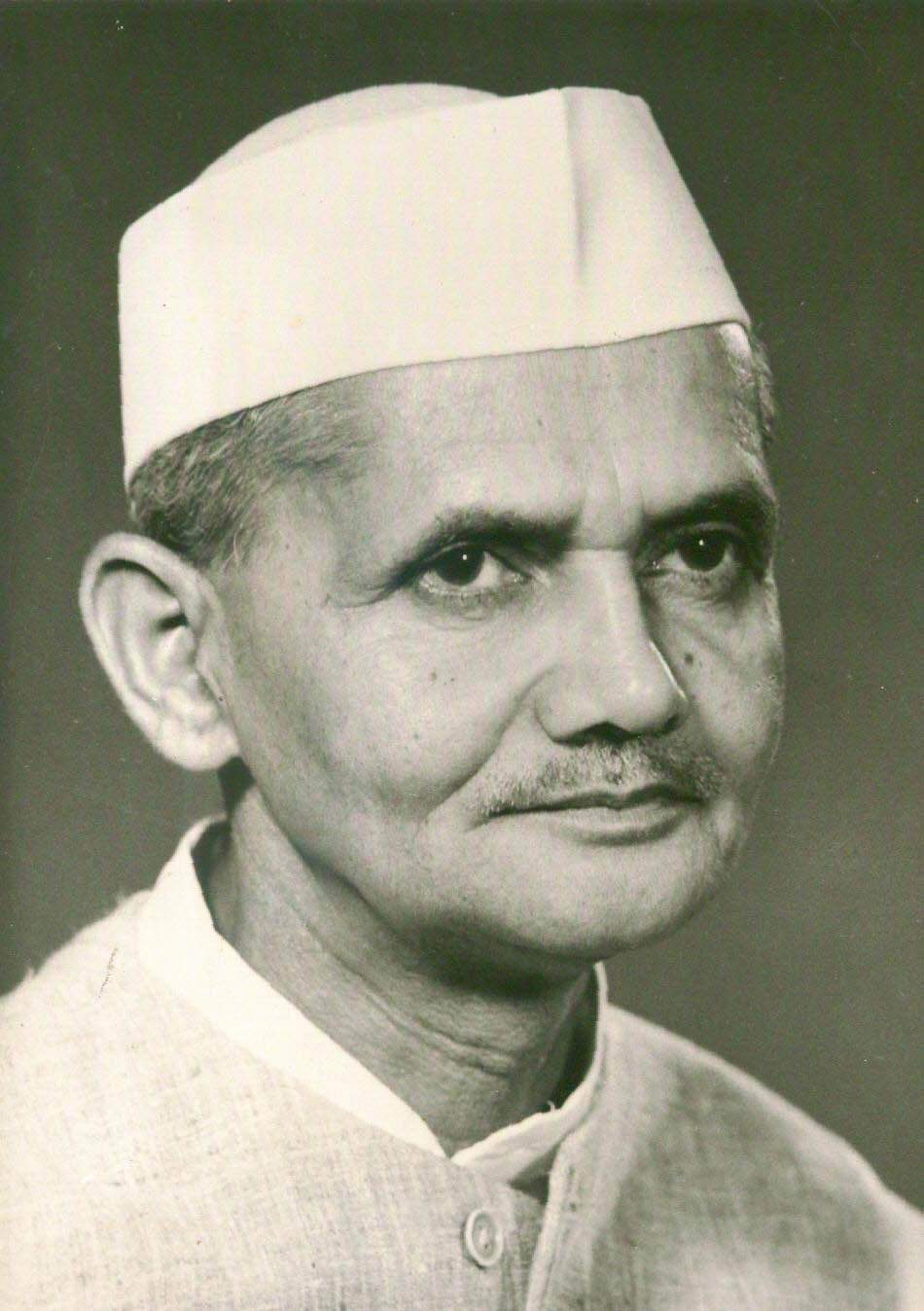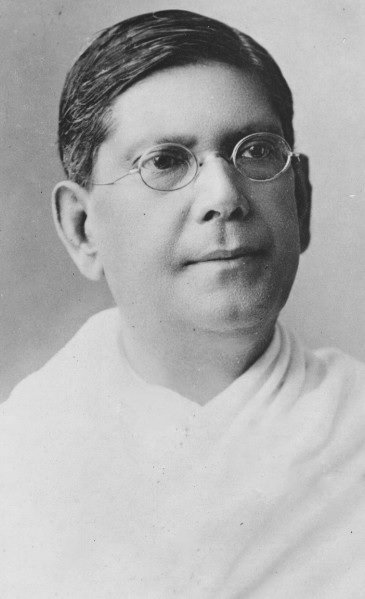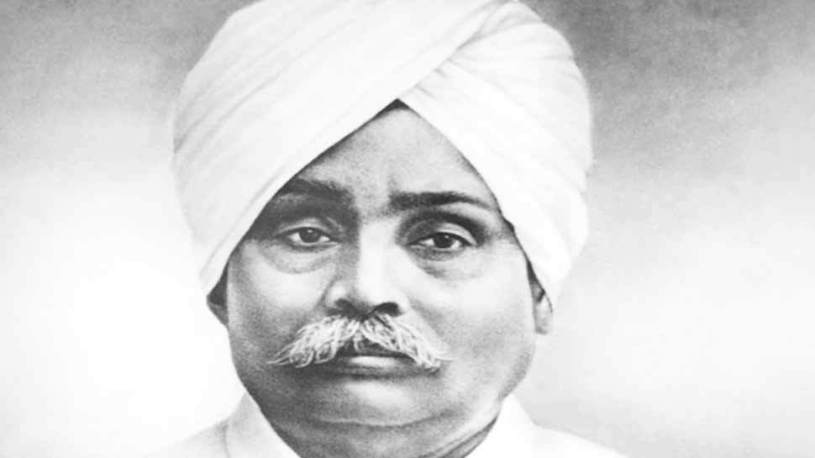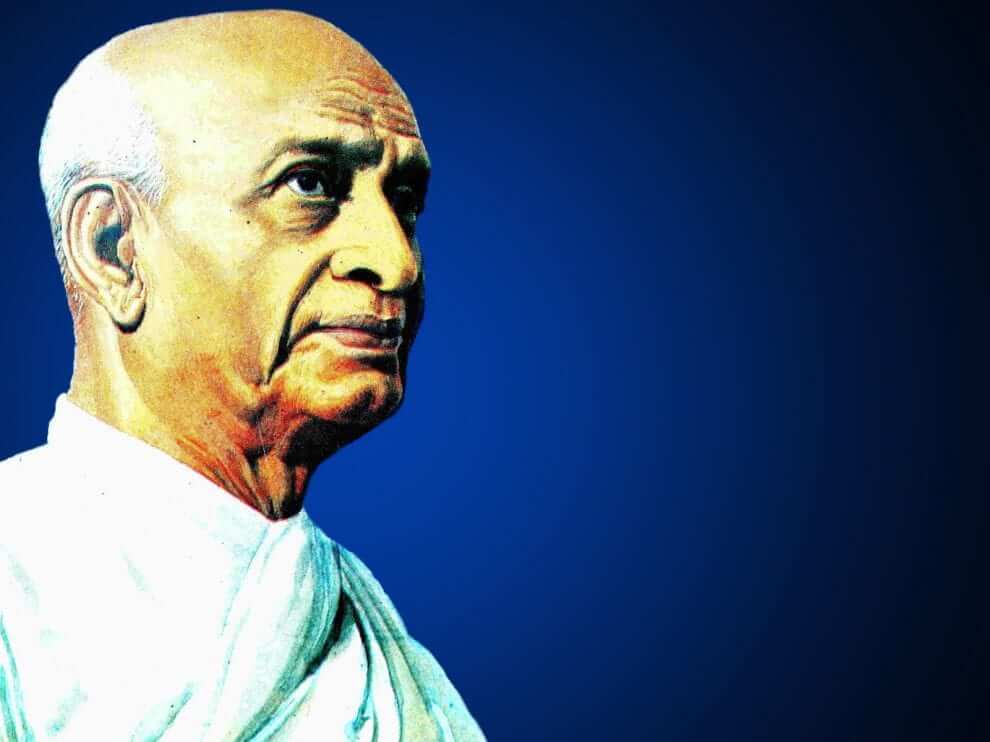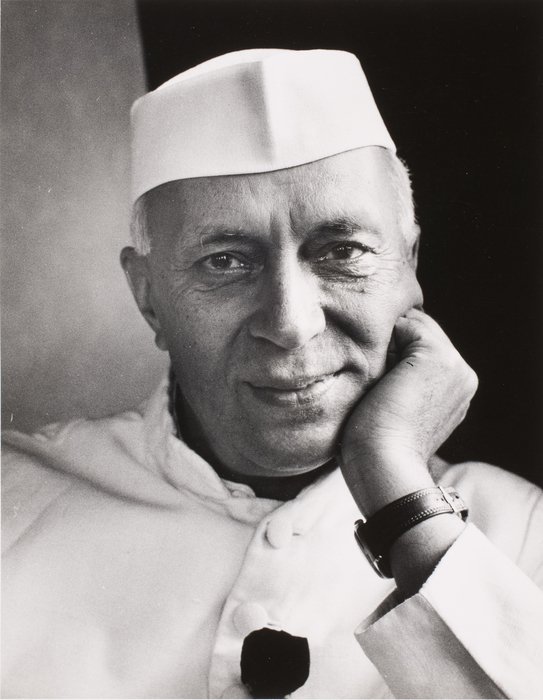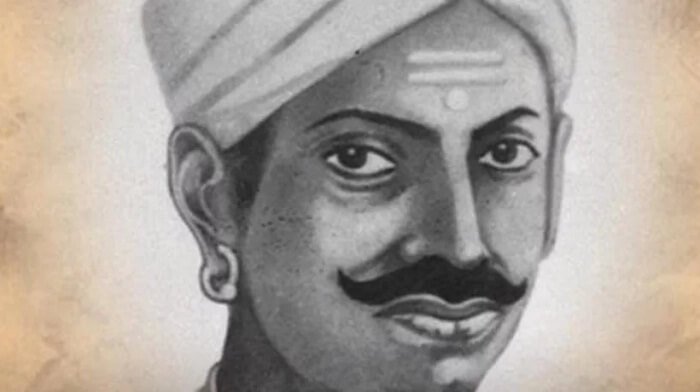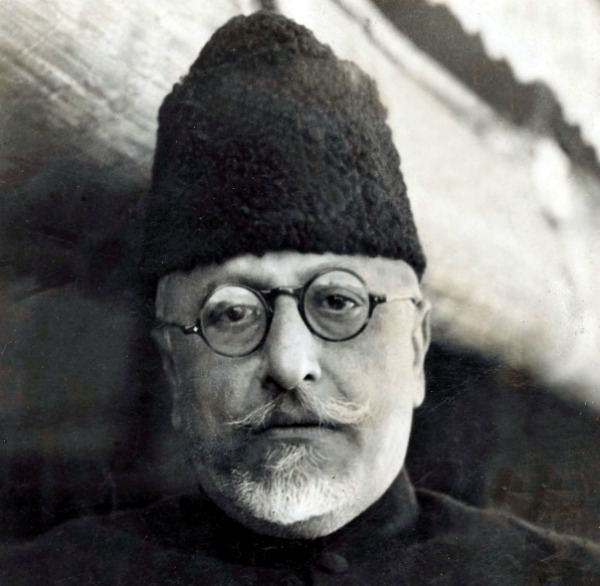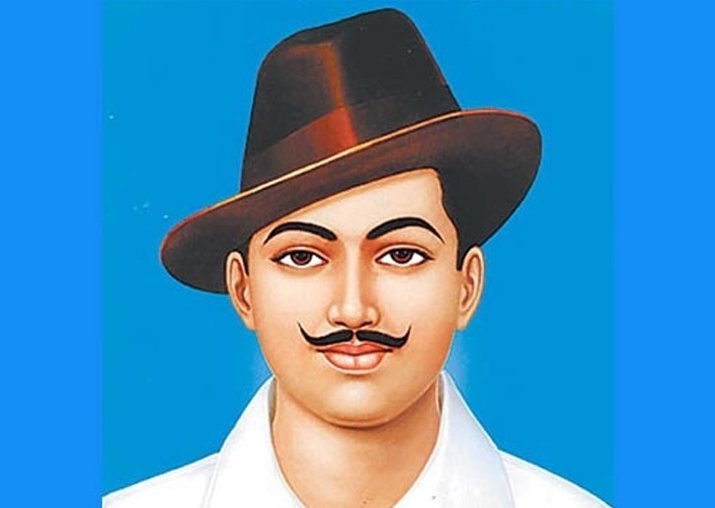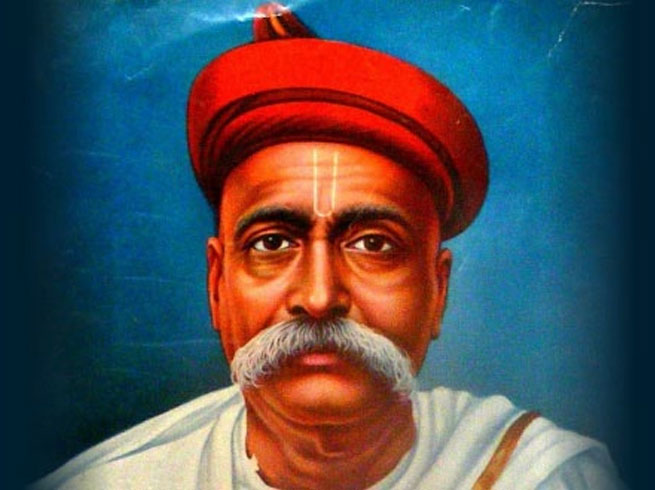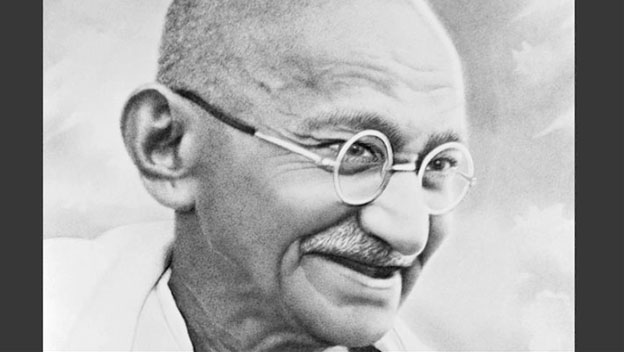- Home
- History of India
- Freedom Fighters of India
- Lal Bahadur Shastri
Lal Bahadur Shastri
Lal Bahadur Shastri:
Quick Facts:
Name: Lal Bahadur Shastri
Country: India
Date of birth: 2nd October 1904
Place of Birth: Mughalsarai, Varanasi Uttar Pradesh
Political Party: Indian National Congress
Dead: 11th January 1966
Memorial: Vijay Ghat, New Delhi
Lal
Bahadur Shastri was an Indian Political leader and a freedom Fighter who fought
against British to free India. He became the second Prime Minister of
Independent India. Lal Bahadur Shastri got deeply influenced by Mahatma
Gandhi’s philosophy and the principles he followed to get independence. Shastri took oath as second Prime Minister of
India after the sudden demise of First Prime Minister of India Shri Jawaharlal
Nehru.
Early life, Childhood and Education
Lal Bahadur Shastri was born on 2nd October 1904 at his maternal grandparent’s home in Mughal Sarai, Uttar Pradesh India.
His father Sharda Prasad Srivastava was a school teacher and later became a clerk in the revenue office at Allahabad while his mother was Ram Dulari Devi. Shastri shares his birth day with Mahatma Gandhi. Shastri’s father died when he was hardly two years old due to bubonic plague.
Ram
Dulari Devi (mother) was very young and was also pregnant at the time of her
husband’s death. She along with her three children moved to Mughalsarai and settled
in her father’s house. She took good care of Shastri and her other two
children.
Read more in Indian Independence Movement
Thus Shastri and his two sisters grew up in his maternal grandparents house. He completed his primary education in Mughalsarai and later moved to Varanasi for completing his education. Shastri was against the caste system hence he dropped his surname “Srivastava”. In 1925 he completed his graduation from Kashi Vidyapeeth in Varanasi. After completing his graduation he got the title as “Shastri” which means scholar.
Lal
Bahadur Shastri was against all the social evils like dowry system, child
marriage etc. He got married to Lalita Devi in the year 1928. The couple
together had six children (four sons and two daughters). His sons are Hari
Krishna Shastri, Suman Shastri, Anil Shastri, Ashok Shastri and daughter Kusum Shastri.
All the sons and grandsons are in different political careers.
Political Life and Indian Independence Movement
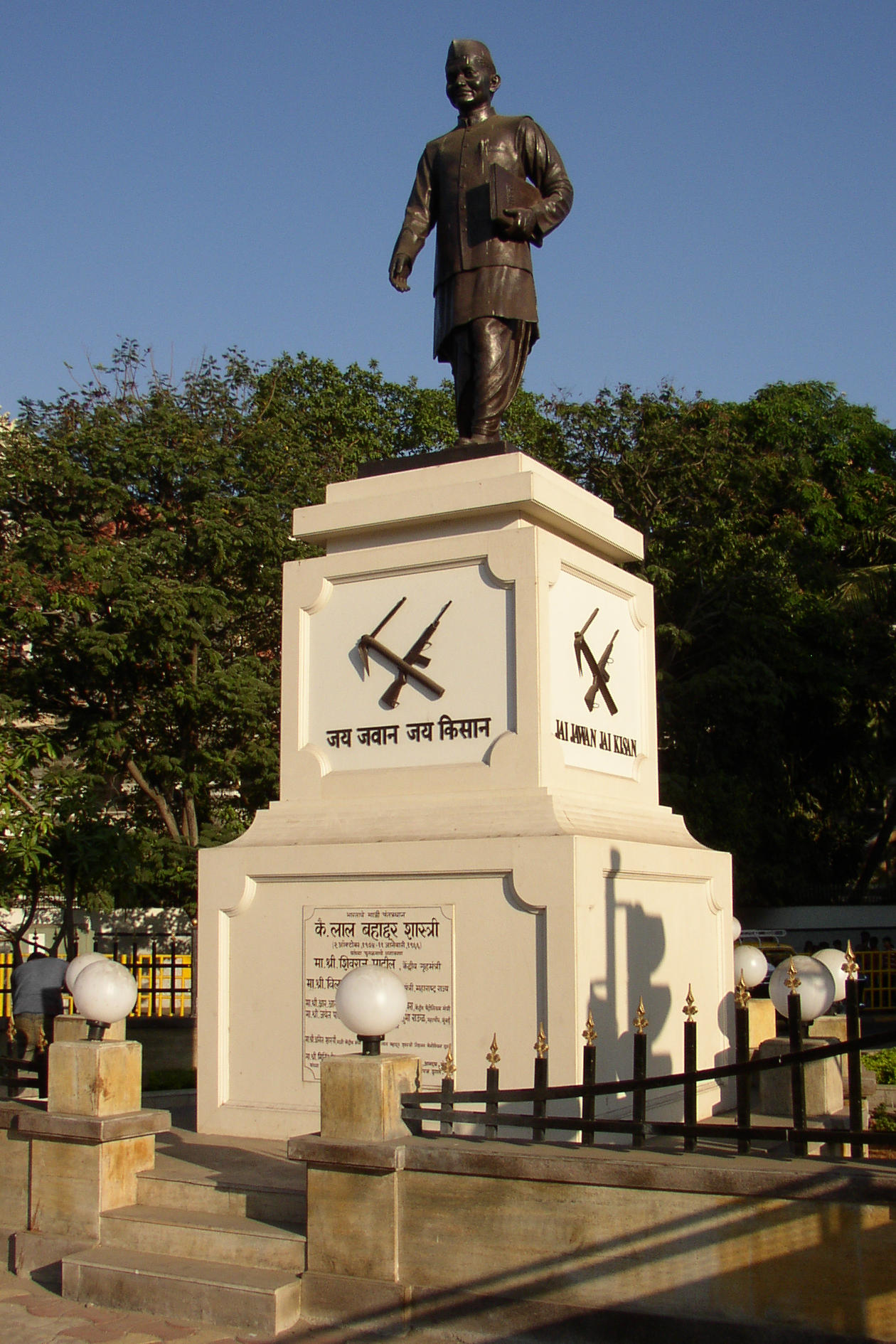
Shastri
slowly got influenced and developed a desire to work for the betterment of the
country. After his college he joined Servants of People Society ( Lok Seva
Mandal) and got its life membership. It was founded by Lala Lajpat Rai which
worked for the up liftment of Harijans. Later Shastri became the President of
the Servants of People Society.
Read more on History of India
Lal Bahadur Shastri was just sixteen years old when Gandhiji requested all his countrymen to participate in the non cooperation movement. He joined the group to support non cooperation movement. In 1921 Shastri was arrested for showing his support to non cooperation movement. By 1928 Shastri had become a very active and important member of the congress party.
In the year 1930 when
Gandhiji started with salt Satyagraha movement Shastri asked people to not pay
taxes on salt and participate in the salt satyagraha movement. He was arrested
and was in Jail for two and half years. After coming out of Jail he was made as
the organising secretary of the Parliamentary Board of UP. He also became the
President of Allahabad Congress Committee.
Again
in the year 1940 Shastri was jailed for one year for showing his support to Satyagraha
movement. 1942 was a crucial year when
Gandhiji started with Quit India Movement Shastri had just released from jail.
He travelled to Allahabad and started spreading the Quit India Movement with
other Independent organisers from Jawaharlal Nehru home. He was again arrested
and was imprisoned till 1946. In total Shastri did spend around 9 years in
Jail. While in Jail he spent his time reading books and talking to other
revolutionaries in the Jail.
Post Independence work of Lal Bahadur Shastri
Lal Bahadur Shastri played a crucial role after India got its independence. He worked hard to keep the country united and for the development of the country. After India got independence Lal Bahadur Shastri was appointed as Parliamentary Secretary in Uttar Pradesh. He served in various positions after independence. He also served as Minister of Police under the chief minister Govind Vallabh Pant of Uttar Pradesh.
As a minister of Police, Shastri worked hard
to maintain the law and order in the state. He asked his Police department to
use water instead of Lathis to disperse the mob. Lal Bahadur Shastri had a
successful tenure as a minister of state Police. He was able to control the
riots in 1947, mass migration and resettlement of refugees.
When Jawaharlal Nehru was the Prime Minister of India in the year 1951, Shastri was made as the General Secretary of All India Congress Committee. Shastri played a crucial role in the Congress for its victory in the General Elections in the year 1952, 1957 and 1962.
Shastri
himself won a seat from UP Vidhana Sabha from Soran North cum Phulpur West. Jawaharlal
Nehru was very impressed by the hard work of Shastri, requested him to join the
Union cabinet as Minister for Railways.
In a major tragic train accident in the year 1956 at Mahabubnagar more
than 100 people were dead. Shastri felt very sad and took the responsibility on
him and offered his resignation to the then prime Minister of India. However
his resignation was turned down by the Prime Minister.
Again
just in three months another train accident happened at Ariyalur in which more
than 140 people were dead. This time also Shastri took moral responsibility and
offered his resignation. With great difficulty Jawaharlal Nehru accepted his
resignation. In a speech Jawaharlal Nehru mentioned that he was accepting the
resignation as it would set an example in constitutional proprietary and not
because Lal Bahadur Shastri was in any way responsible for the accident.
Shastri
returned to cabinet after the General Elections in the year 1957. He was
appointed as Minister for Transport and Communications and later as Minister of
Commerce and Industry. In the year 1961 he was made the Home Minister of India.
During his tenure as Home Minister he formed a Committee of Prevention of
Corruption under the Leadership of K. Santhanam.
Prime Minister-- Lal Bahadur Shastri
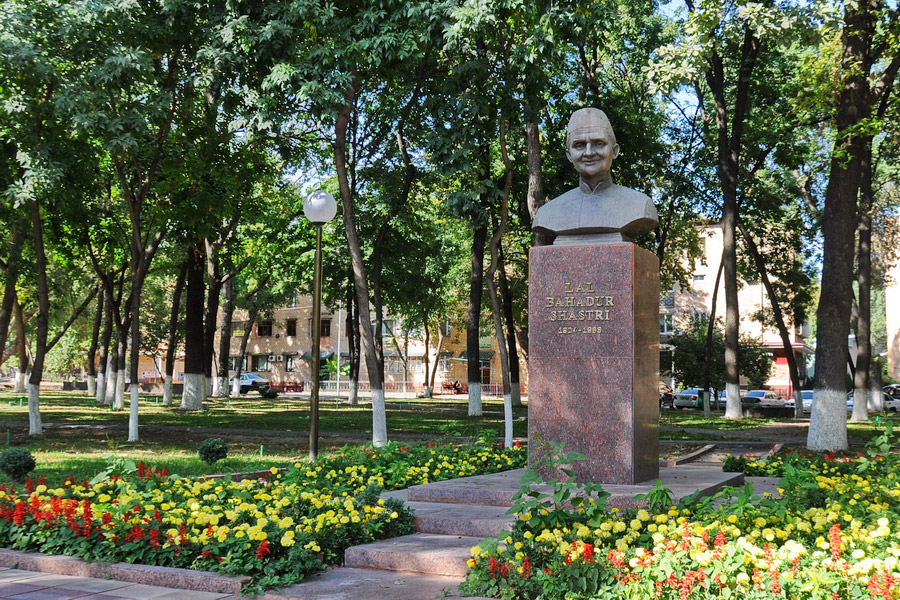
Lal Bahadur Shastri was appointed as Prime Minister of India on 9th June 1964 after the death of Jawaharlal Nehru. As a Prime Minister of India, Shastri took various measures for the development of the country.
He remained in the post of Prime Minister of
India from 9th June 1964 to 11th January 1966. When
Shastri took over as Prime Minister of India, the country was facing many
economic problems. He was able to sort out the issues like shortage of food, poverty
and unemployment to a large extent.
He promoted the White Revolution to increase the production of milk by supporting the Amul milk cooperative of Anand. For the food shortage Shastri requested all the people of India to give up one meal voluntarily so that the food saved can be distributed among the needy people. He first ensured that he and his family members followed this before requesting the citizens.
The response by the
people was overwhelming it turned out to be a huge success. He also consulted
the experts to devise a strategy for increasing the food production. This was
the starting point of the Green Revolution. The food Corporation of India was
set up in the year 1964 under the food Corporation Act.
At
the time of war with Pakistan in the year 1965, Lal Bahadur Shastri during his
speech gave a slogan saying “Jai Jawan Jai Kisan” which means hail the soldiers
and hail the farmer). It became such a famous slogan during the war the people
from different parts of the country started saying Jai Jawan Jai Kisan. Lal
Bahadur Shastri clearly said that India will not sit quietly but and the force
will be met by Force. The war ended on 23rd September 1965 after
United Nations passed a resolution demanding a ceasefire between the two countries.
On
the day of ceasefire Lal Bahadur Shastri stated “While the conflict between the armed forces
of the two countries has come to an end, the more important thing for the
United Nations and all those who stand for peace is to bring to an end the
deeper conflict.... How can this be brought about? In our view, the only answer
lies in peaceful coexistence. India has stood for the principle of coexistence
and championed it all over the world. Peaceful coexistence is possible among
nations no matter how deep the differences between them, how far apart they are
in their political and economic systems, no matter how intense the issues that
divide them”
After the declaration of ceasefire both Lal Bahadur Shastri and Mohammed Ayub Khan (Pakistan second President) signed Tashkent Deceleration on 10th January 1966. Tashkent Declaration was a peace agreement between India and Pakistan that resolved the Indo Pakistan War of 1965.
Lal Bahadur Shastri had kept good relations with many countries. During his period he visited many countries like England, Soviet Union, Yugoslavia, Egypt, Burma, Nepal and Canada. He followed the non alignment policy of Nehru and also developed good relations with other countries.
In 1964 Lal Bahadur Shastri signed a agreement
with the then Sri Lankan Prime Minister Sirimavo Bandaranaike with regard to
the status of Indian Tamils in Sri Lanka. The agreement came to be known as
Sirima Shastri Pact.
Death of Lal Bahadur Shastri
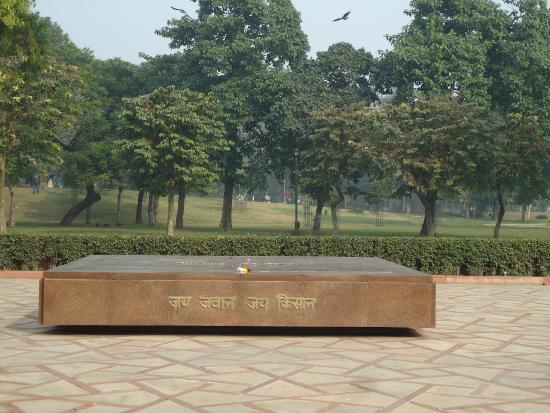
Lal Bahadur Shastri died in Tashkent immediately after signing the Tashkent Pact with Pakistan raised many doubts for the cause of his death. He died on 11th January 1966 while the Tashkent Pact was signed on 10th January 1966.
Even though reports claim his death as Heart attack but his wife alleged that Shastri was poisoned. The Russian Butler who served the Prime Minister was arrested but he was later released after the doctors certified his death as cardiac arrest.
Lal
Bahadur Shastri was known for his honesty and hard work through out his life.
He was posthumously awarded the Bharata Ratna award which is the highest
civilian award. A memorial is built in his memory at Vijay Ghat in Delhi. Many
colleges, dams have been named after this great leader.
Please share your thoughts with us by clicking the link here.
Update on coronavirus in India
Affiliate Disclosure:
If you make any purchase via a link on this site, I may receive a small commission with no added cost to you.
